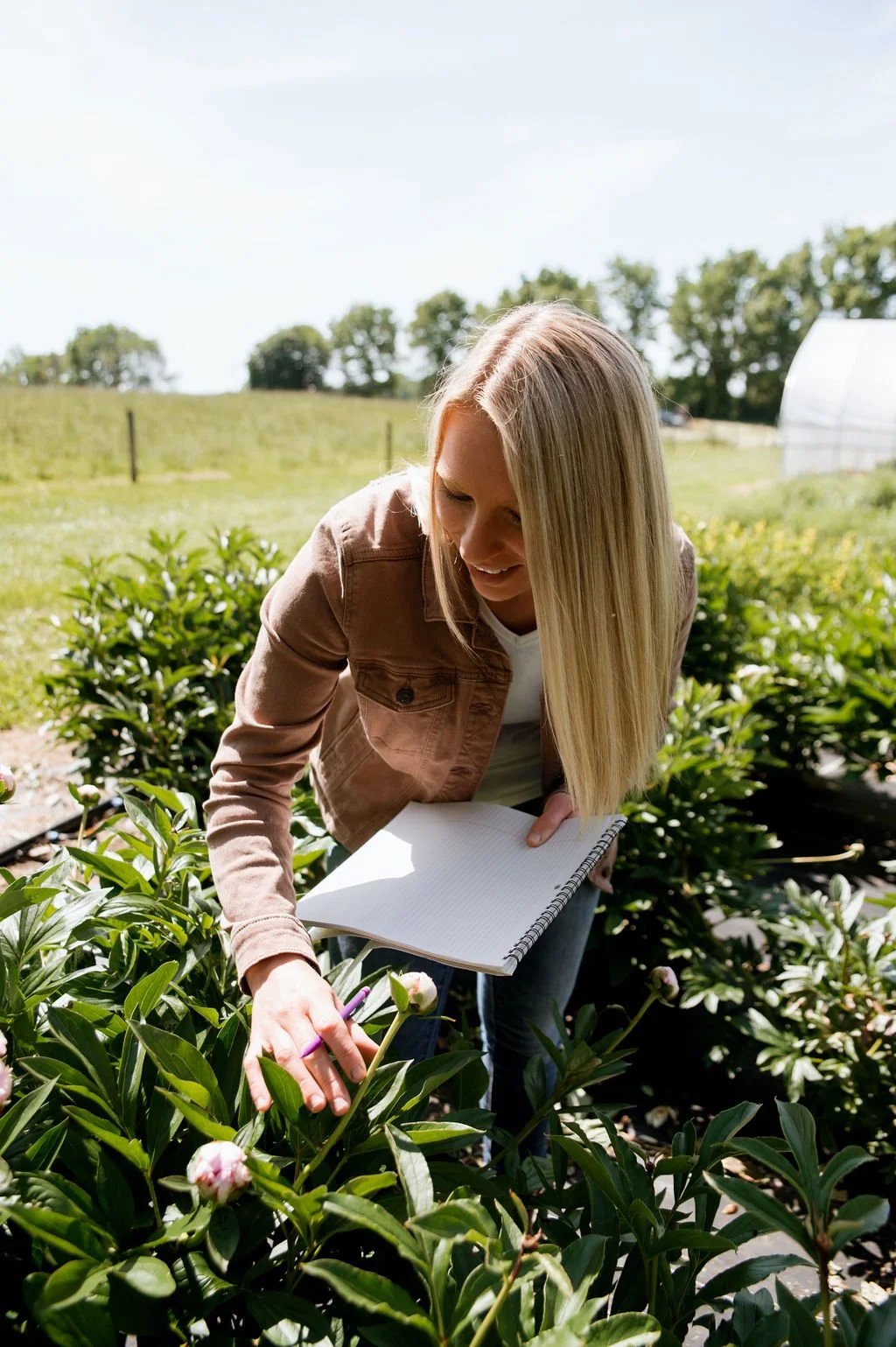A Look inside Lean Flower Farming (SFFF40)
Running a flower farm is more than just growing beautiful blooms—it’s about creating a sustainable, profitable business. One key to success? Efficiency. By implementing streamlined systems, flower farmers can save time, reduce labor costs, and increase their bottom line.
We’re going to be taking a look at how strategic systems can transform a farm’s operations and why efficiency is at the heart of running a profitable flower business.
Why Efficiency Matters in Flower Farming
Many flower farmers struggle with long hours, high labor costs, and burnout. While passion fuels the work, profitability depends on working smarter, not harder.
On my own farm, I’ve learned that small efficiencies—like mechanizing repetitive tasks or optimizing transplanting methods—can make a huge difference. These aren’t just small tweaks; they are essential for long-term sustainability in any flower farming business.
A Simple System Can Save Thousands
Take dahlia digging as an example. Digging a 100-foot bed by hand can take hours and cost at least $50 in labor. By switching to an affordable mechanized system, such as with a middle buster plow, the same task now takes just 10-15 minutes and costs a fraction of the price. Over time, these savings add up to thousands of dollars—without sacrificing quality or yield.
This principle applies across the entire farm. From seed starting and transplanting to harvesting and bouquet-making, every process should be optimized for efficiency. But efficiency isn’t just about cutting time—it’s about reducing unnecessary steps and minimizing strain on both people and resources.
Another overlooked area where efficiency pays off is harvest management. Without a structured system, keeping track of which flowers are ready to cut and how many stems are available can be chaotic. A simple harvest board system—where notes on yield and timing are recorded in one central place—prevents lost data, keeps sales projections accurate, and reduces wasted product.
When you scale these efficiencies across an entire farm season, the savings become clear. It’s not about working faster—it’s about working smarter, making sure every task is as streamlined as possible while still maintaining quality and profitability.
The Power of Systems in Daily Farm Operations
Successful flower farmers don’t just work hard—they work with systems in place. Some of the most impactful strategies on my own farm include:
Harvest Boards to track yields without lost notes or missing data
Batch Transplanting to cut labor time
Pre-Planned, Multi-faceted Weed Management to eliminate time-consuming hand-pulling
By applying lean farming techniques, growers can focus less on putting out daily fires and more on building a business that lasts.
Hands-On Training: Join the Lean Flower Farming Workshop
The best way to implement efficiency on your farm is by seeing it in action. That’s why I’m hosting my annual two-day, in-person workshop on July 28-29, 2025, in Clifton Springs, NY. This immersive experience will teach you exactly how to set up and optimize systems for long-term success.
For farmers interested in season extension, there’s also an optional third day focused on high-earning high tunnels.
Spots are limited, so be sure to reserve your place now: www.trademarkfarmer.com/lean
